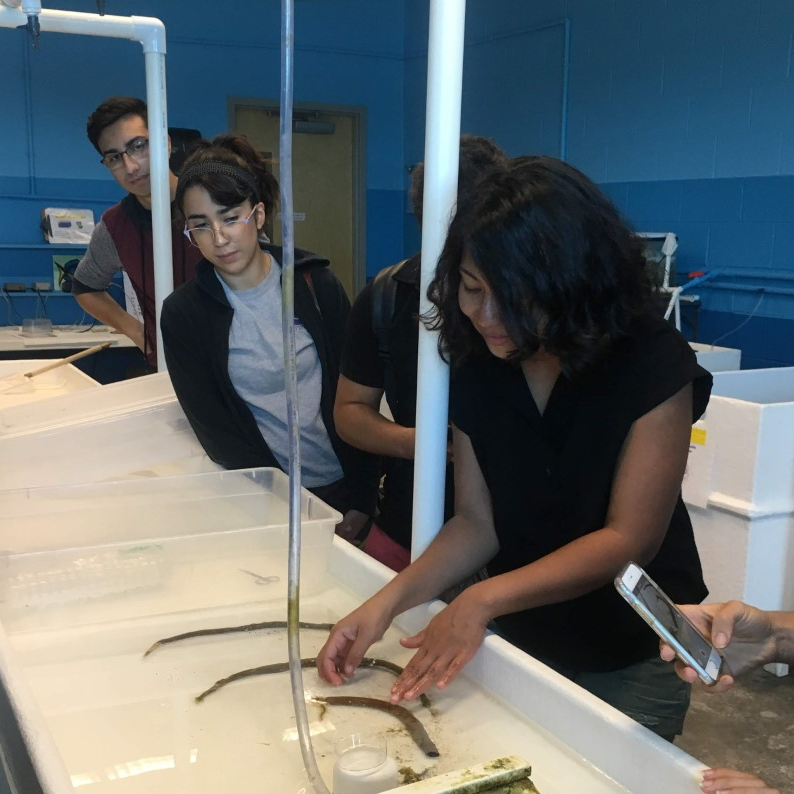 The Whitney Laboratory for Marine Bioscience
The Whitney Laboratory for Marine Bioscience

Congratulations to recent Whitney Ph.D. graduate, Dr. Alexis Lanza and Whitney Laboratory's Dr. Elaine Seaver who recently published a paper in EvoDevo titled “Activin/Nodal signaling mediates dorsal-ventral axis formation before third quartet formation in embryos of the annelid Chaetopterus pergamentaceus.”
In embryos that belong to a group of animals known as the spiralians (e.g. mollusks, annelids, nemerteans and polyclad flatworms), a single cell functions as an embryonic organizer with capacity to induce the fates of surrounding embryonic cells and pattern the dorsal-ventral body axis. However, the identity of the organizer cell and its molecular signal varies among spiralians.
In their new publication, Dr. Lanza and Dr. Seaver investigated the timing of the dorsal-ventral patterning signal and the identity of the specific signaling pathway that mediates organizing activity in the annelid, Chaetopterus pergamentaceus, commonly known as the parchment tube worm. Their findings indicate that the organizing signal is mediated by the Activin/Nodal pathway, and hint that the ancestral state of annelid dorsal-ventral axis patterning involved an organizing signal that occurs one to two cell divisions earlier than in mollusks. These results further suggest that global body patterning mechanisms may not be as conserved across animals as was previously thought.
Image: Alexis Lanza introduces UF students to the parchment tube worm, Chaetopterus pergamentaceus. This animal is found in the local area.